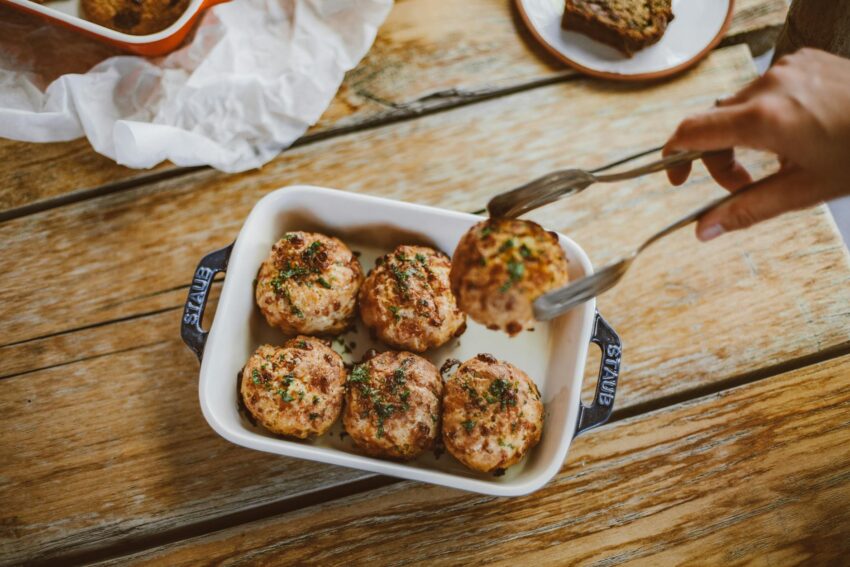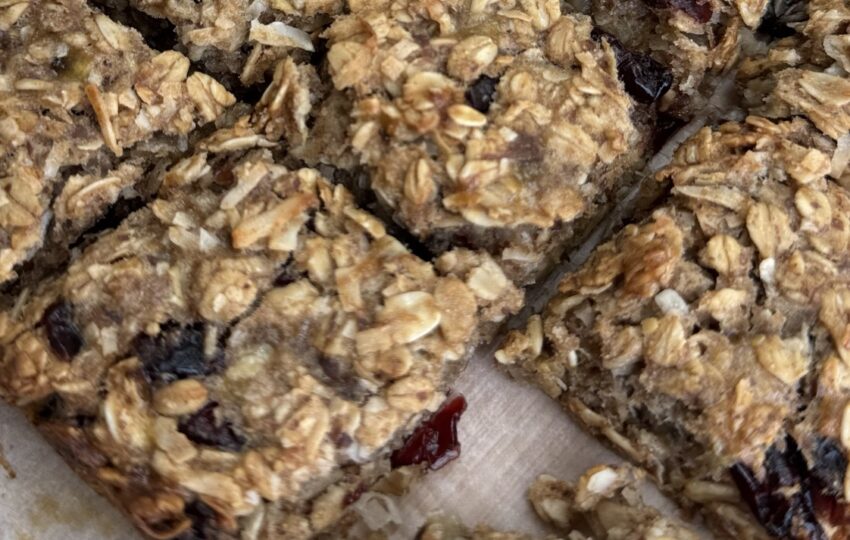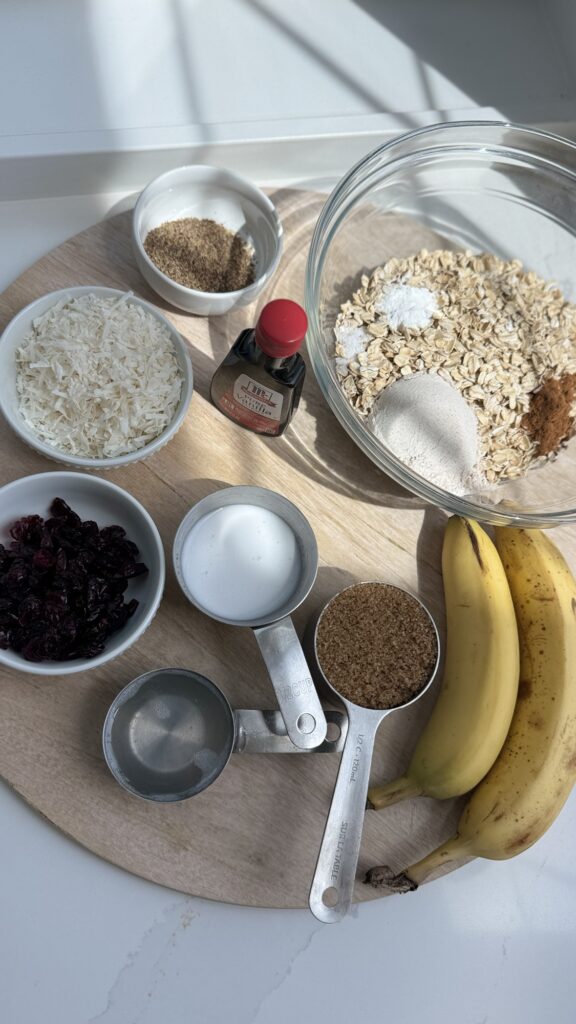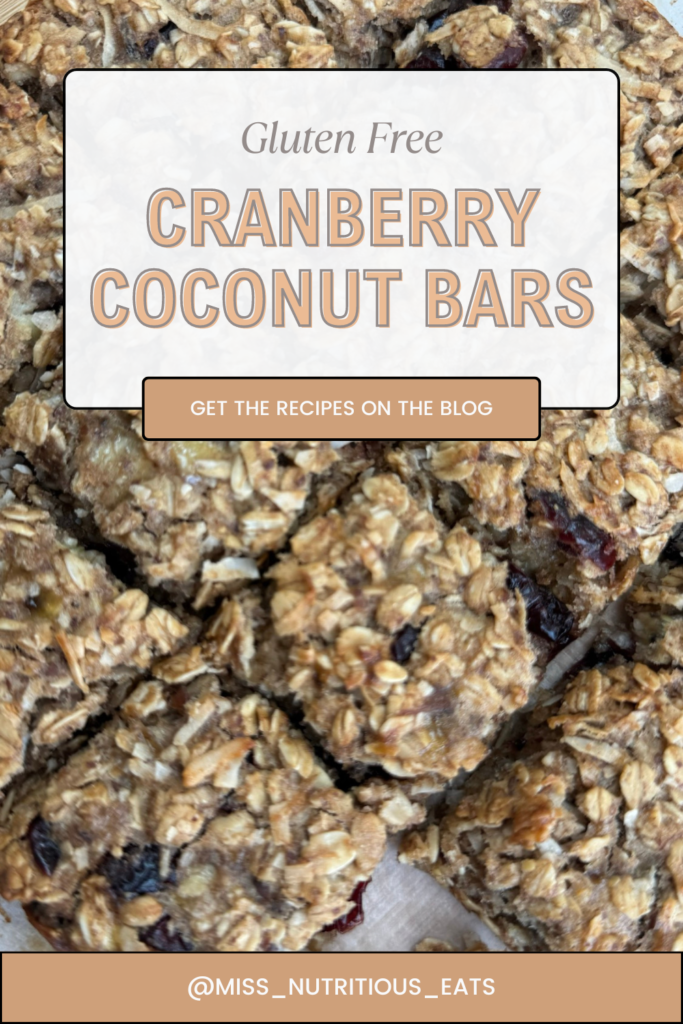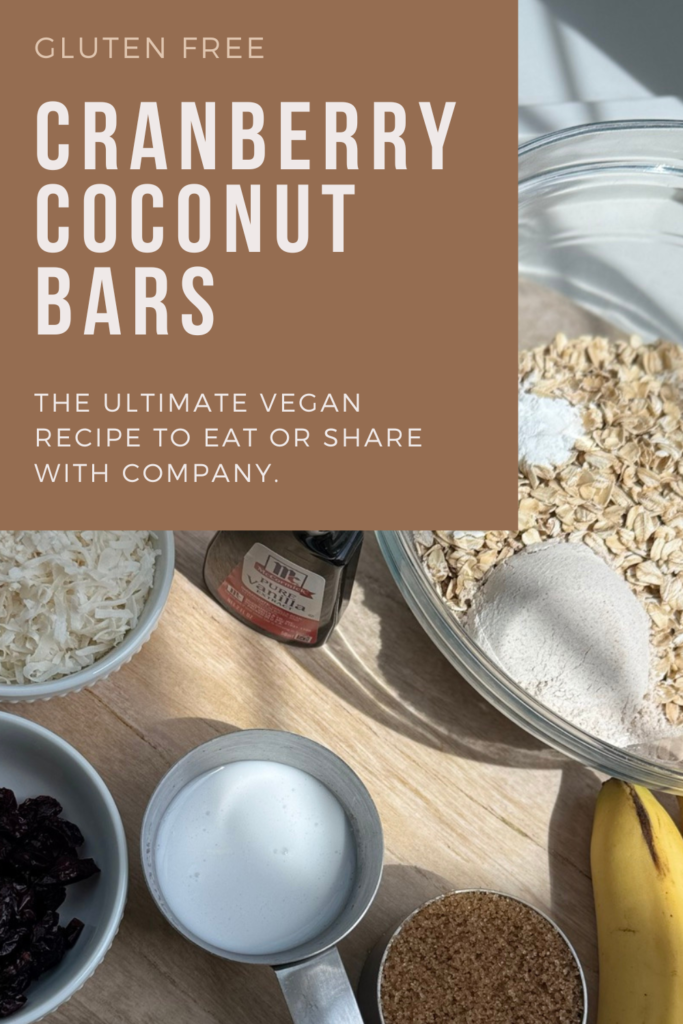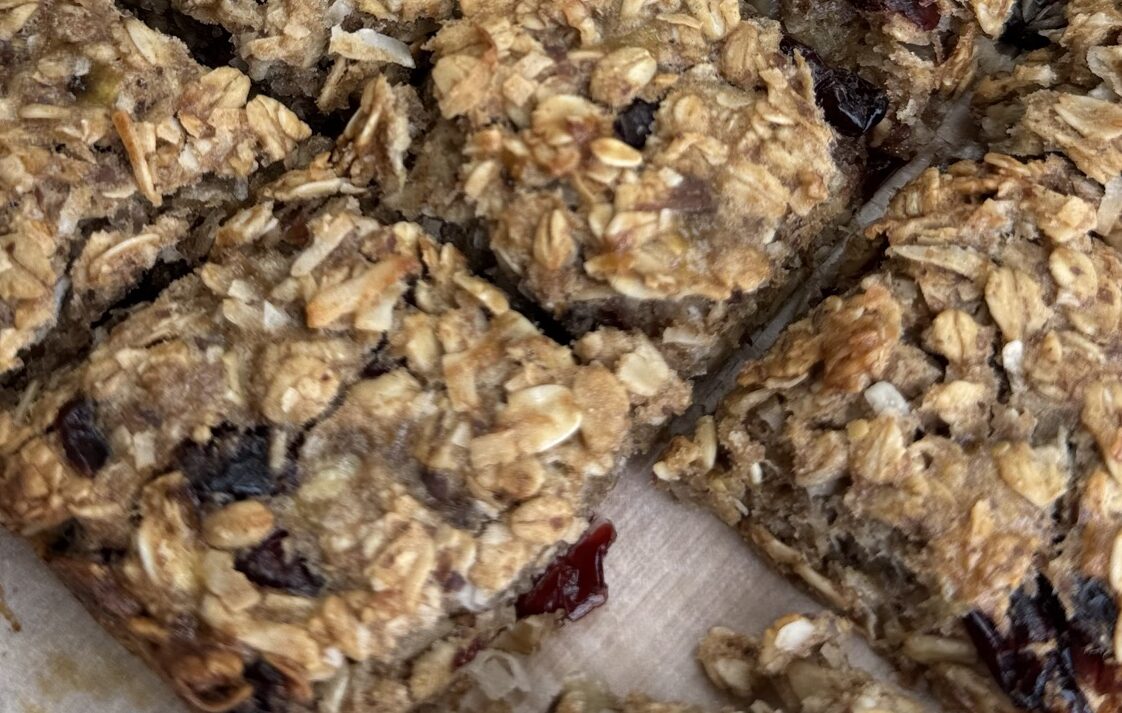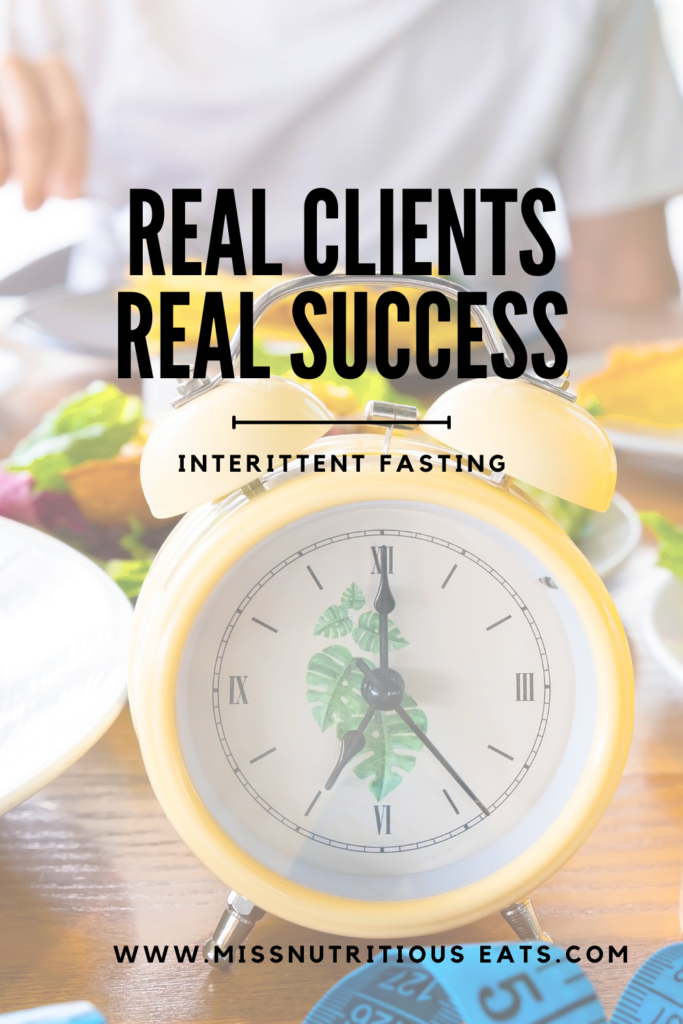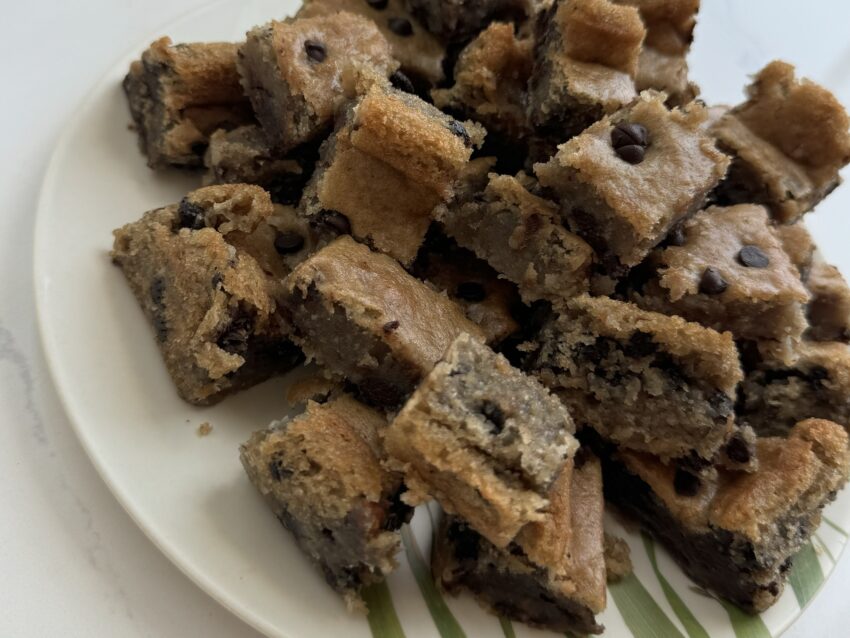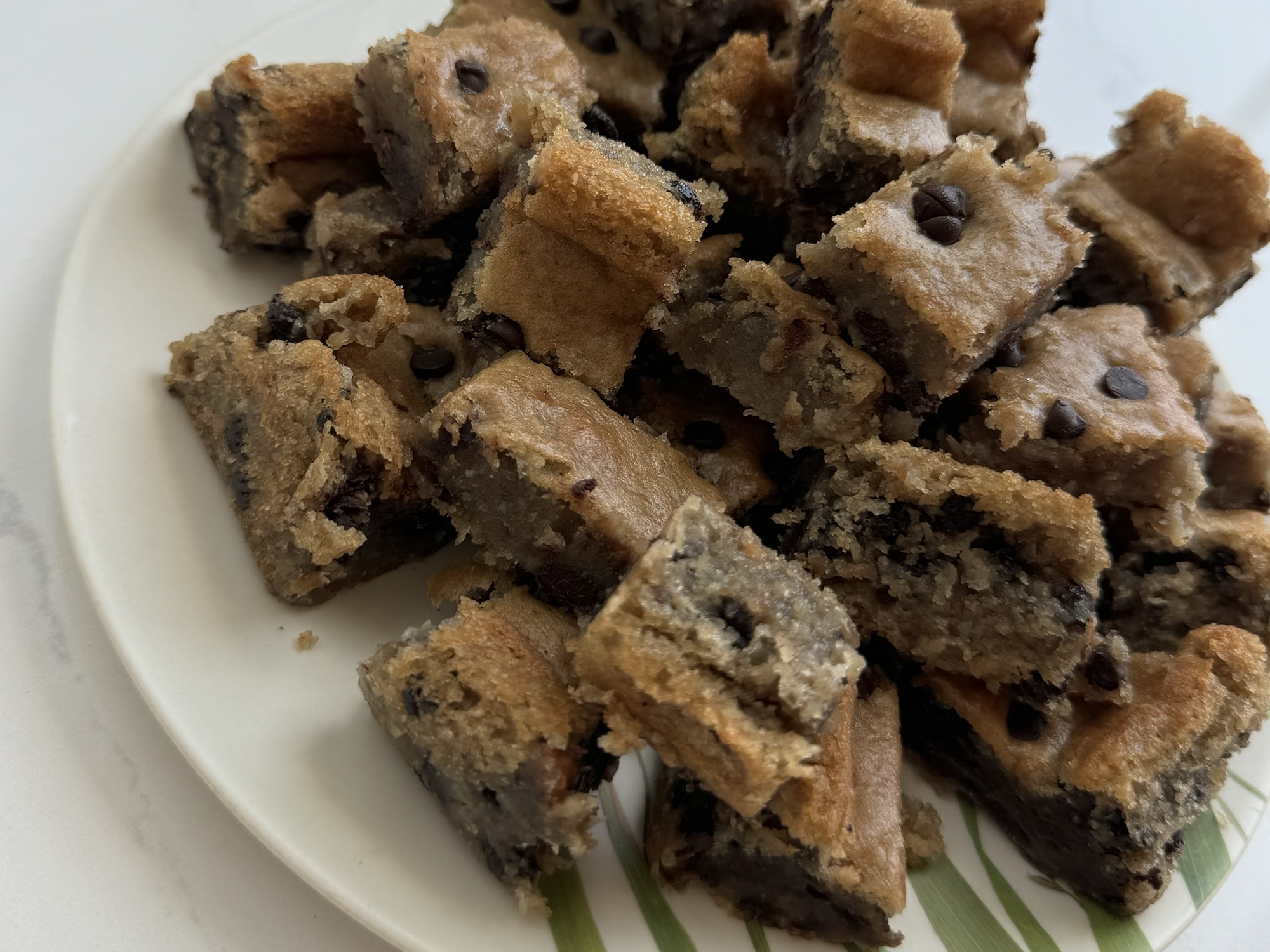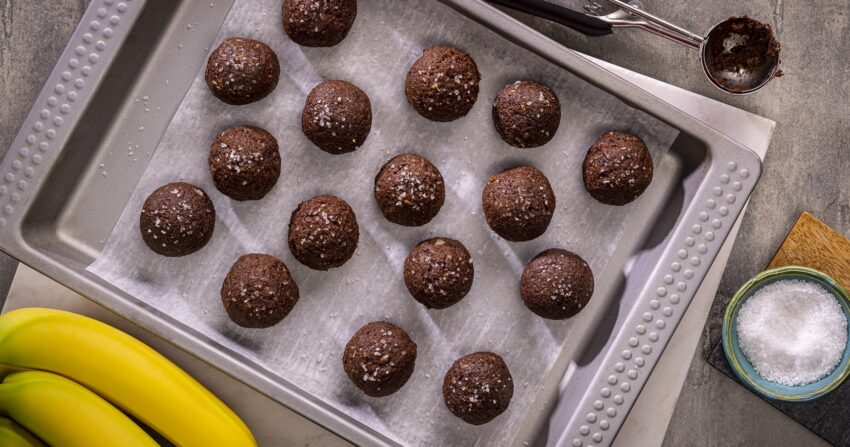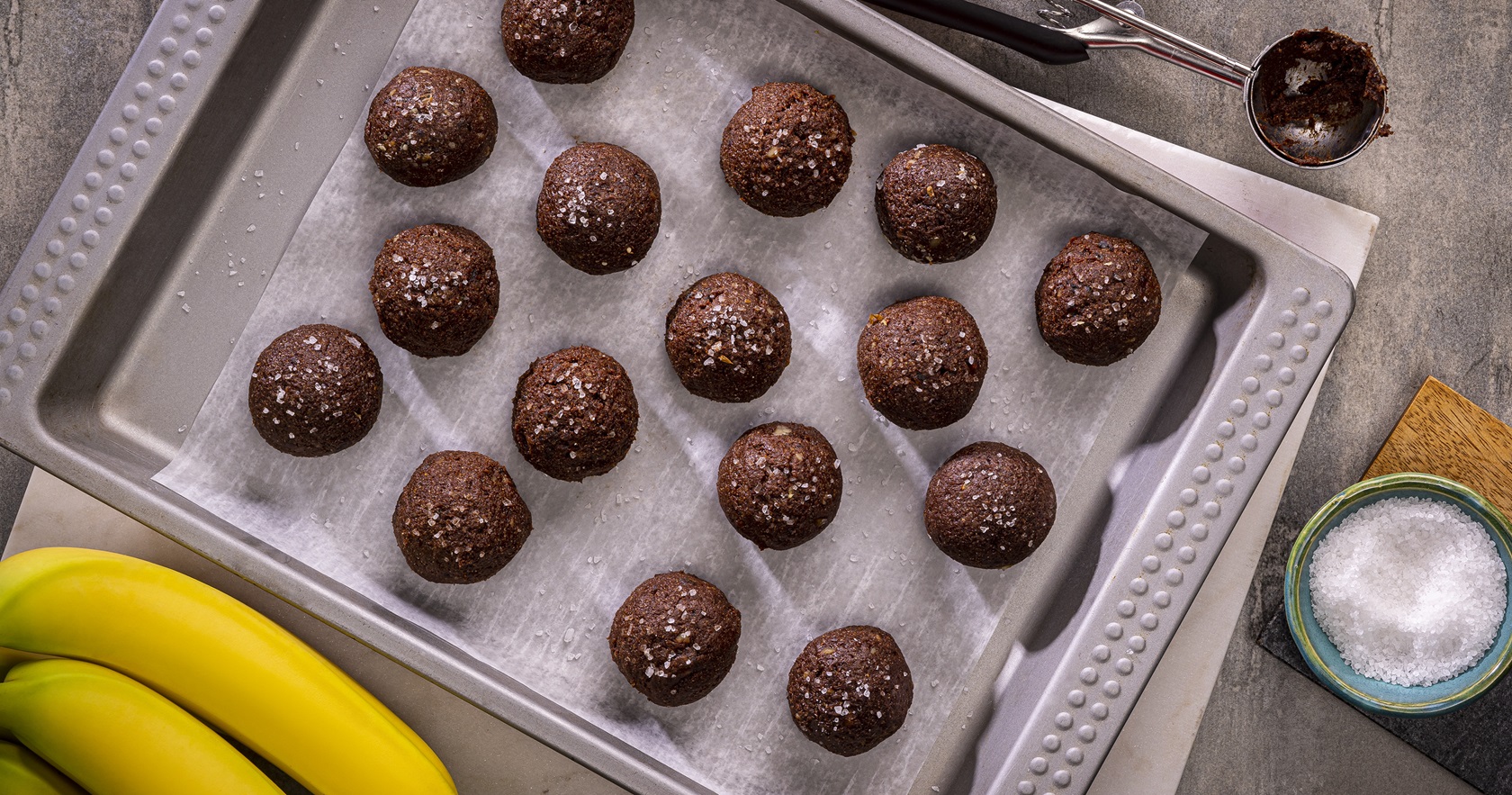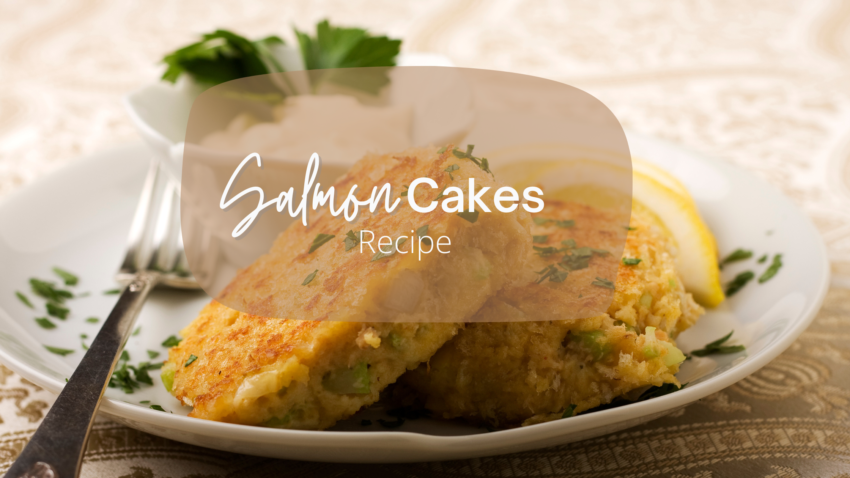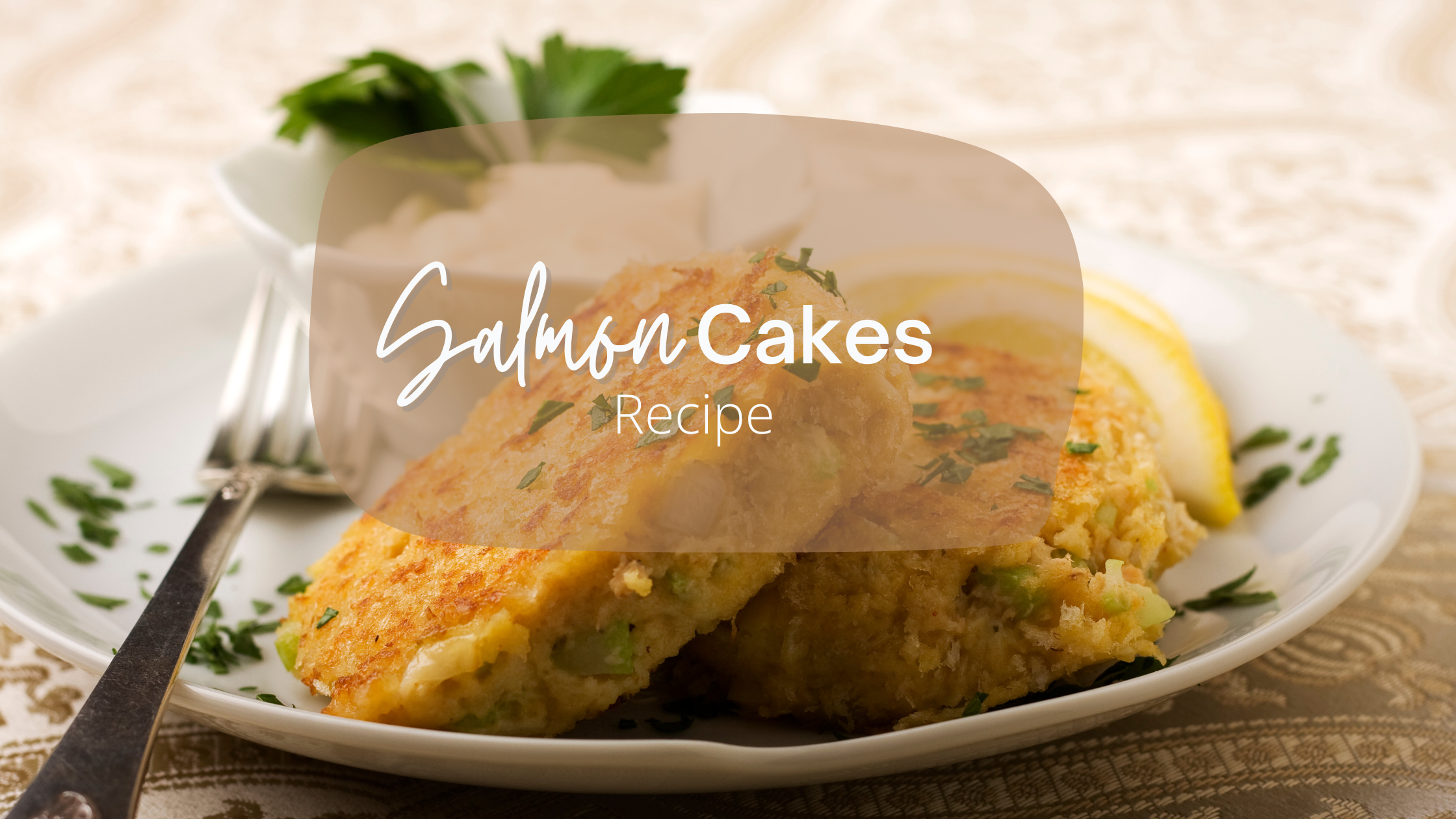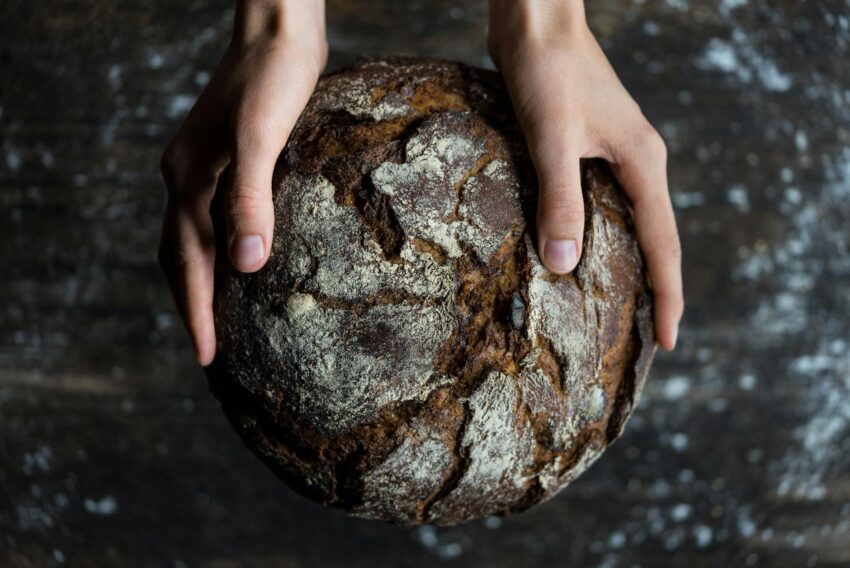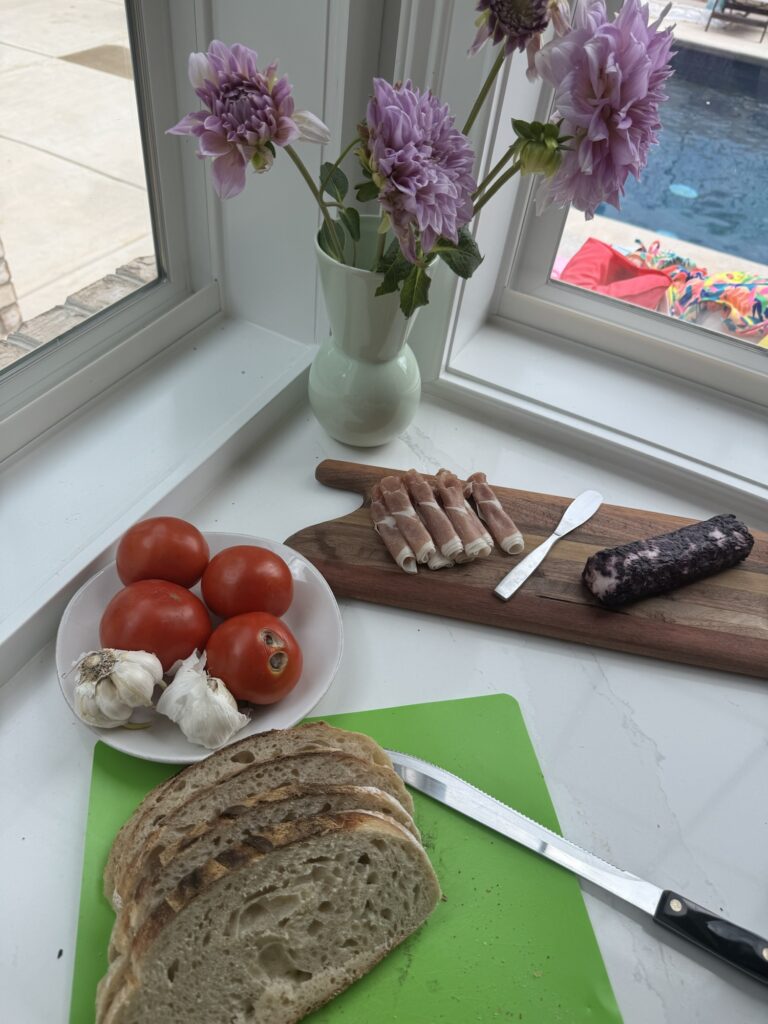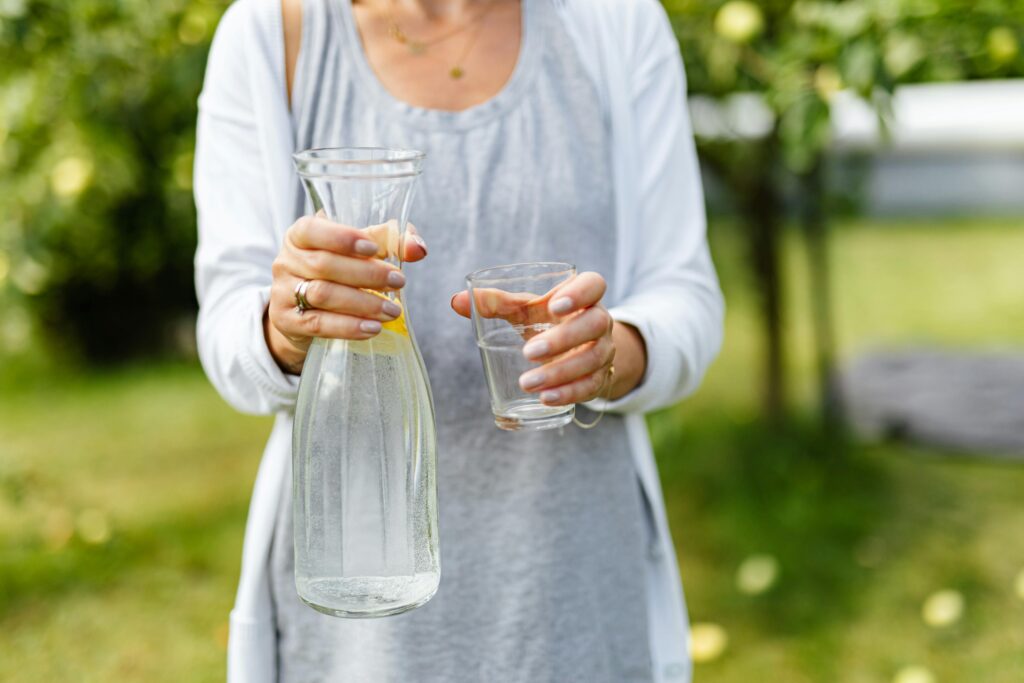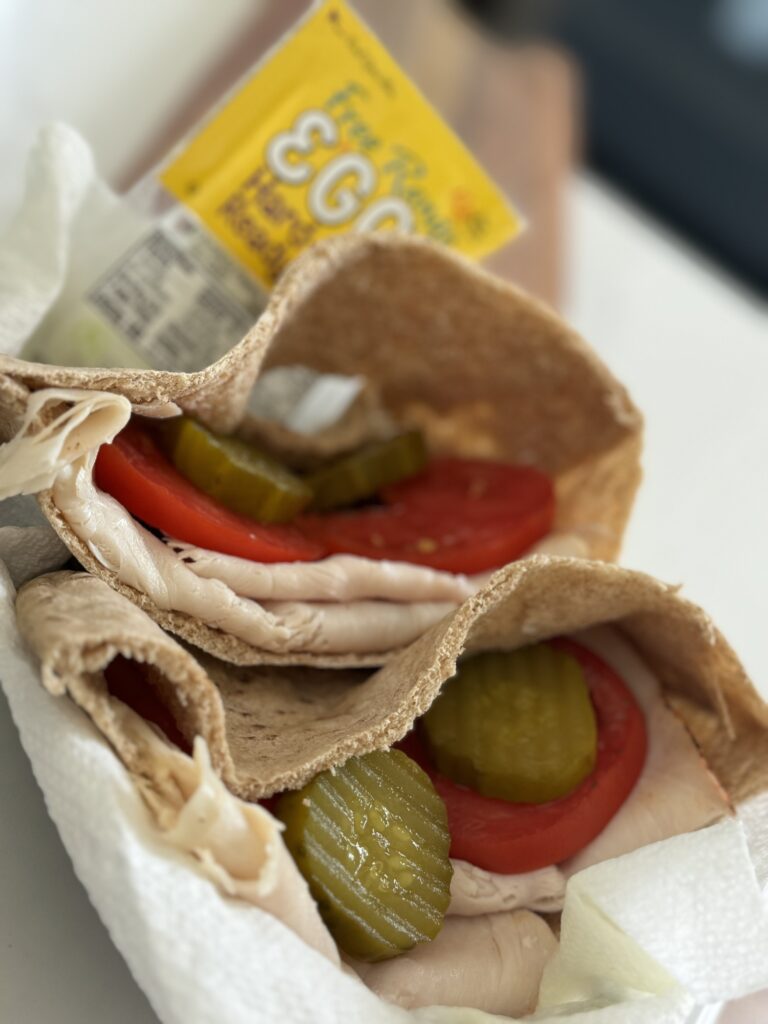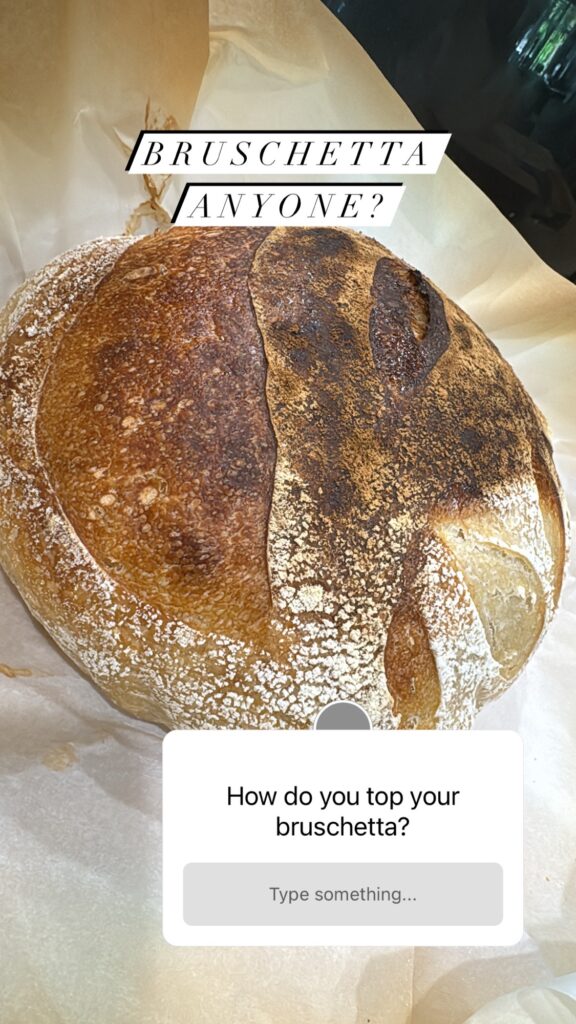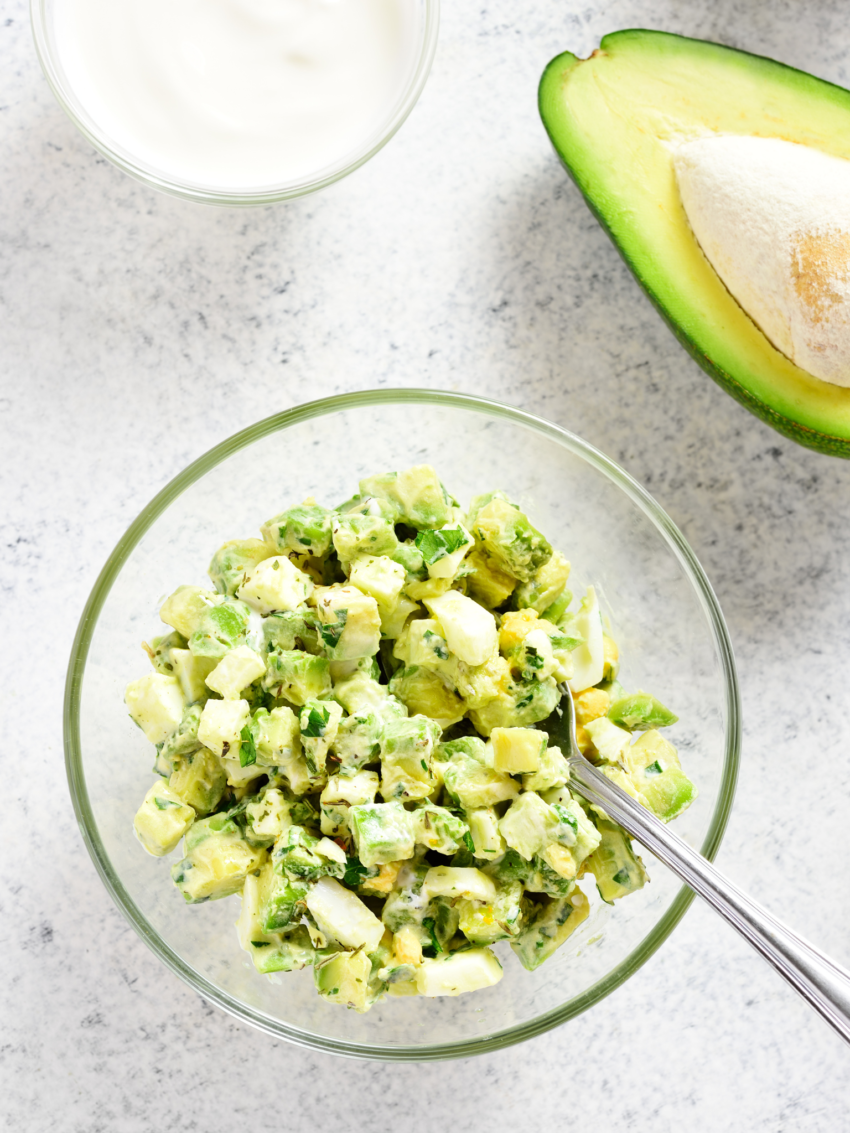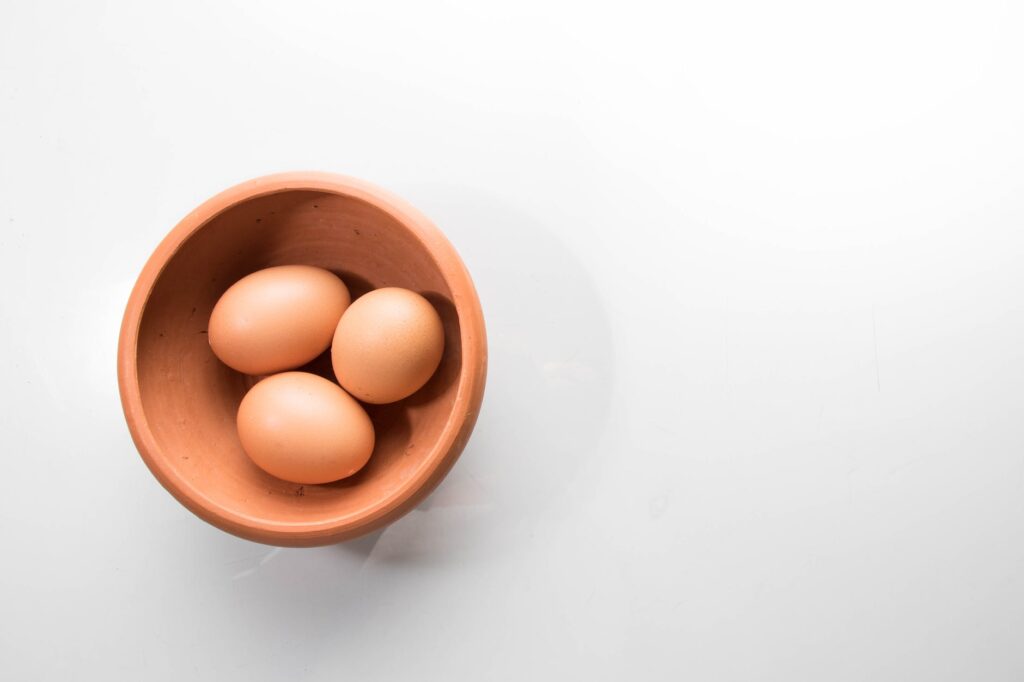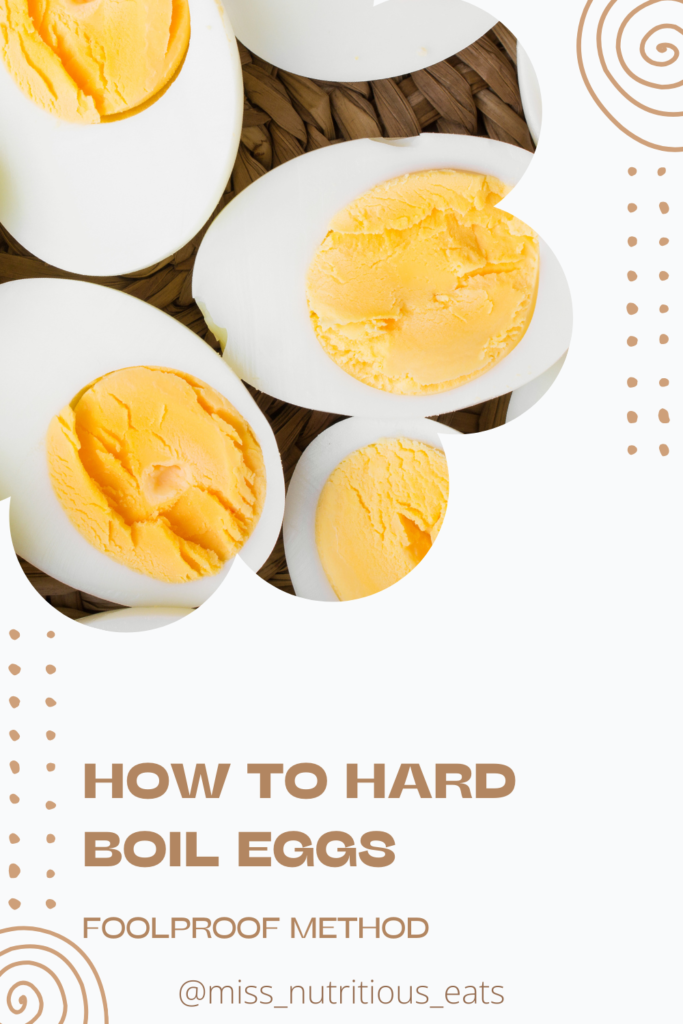Greek inspired turkey meatballs (with lentils!)
If you’re looking to change up your turkey meatball game, or if you just love mediterranean flavors. This recipe is it. This recipe combines lean ground turkey with the hearty goodness of lentils and the tangy taste of feta. They’re a great way to meal prep a hearty meal when served with pasts or a lighter lunch when served over salad or along side fresh cut vegetables and hummus.
Table of contents
Ingredients and substitutions
- lean ground turkey – I use the leanest ground turkey I can find. This allows me to balance the fat I add back in from the feta.
- brown lentils (cooked and cooled) – Using a cup of lentils not only adds plant based fiber and protein, but it also adds moisture which turkey meatballs (especially when you use extra lean turkey) needs. I prefer to use dry lentils for this recipe. I soak them for 20 minutes. Then drain and boil for about 20 minutes until cooked through. You could use canned lentils, just be sure to rinse and drain them really well. Cooked green lentils would be fine too. Just be careful with red lentils because they cook quickly and could make your meatballs mushy. They are simply delicious in this red lentil soup recipe though!
- Feta cheese – use what you love. My favorite is Trader Joe’s Sheep’s Milk Feta and it happens to come in 2, 5oz bars which makes measuring for this recipe very easy. You could also use crumbled cow’s milk feta.
- egg – one egg is all you need, you could use two eggs whites. I don’t recommend a flax egg for this one! This is when you combine flax seed and warm water to form a thick mixture to form a binder.
- gluten-free bread crumbs – I’ve tested this recipe with both gluten free and regular bread crumbs. Either way, I recommend using plain.
- chopped arugula – I usually use a ton of fresh parsley, but I was out when this recipe came to life. So I used fresh arugula and it was delicious. You could use dill, parsley or a combo of all three!
- salt – It’s pretty standard to use 1 tsp per pound of meat. I like to use kosher salt or my favorite Seasonello, Italian seasoning salt.
- black pepper – 1/4 – 1/2 tsp of red chili flakes would be a nice addition!
- optional ingredients – lemon zest or chopped green onions for extra flavor.
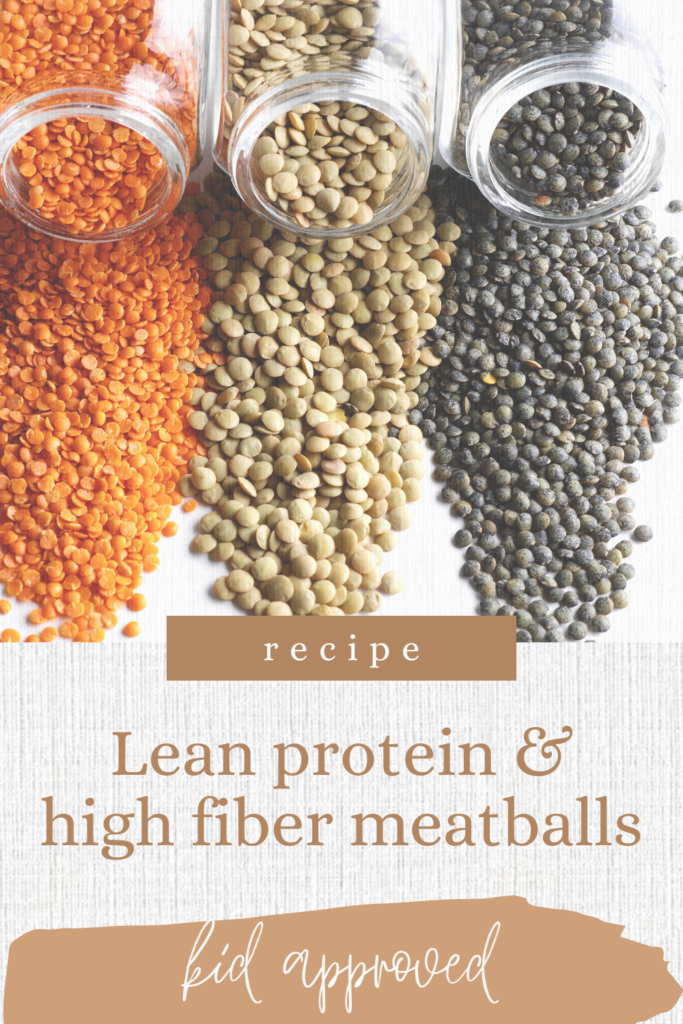
Cooking Instructions
Jump to RecipeStep 1:
Preheat your oven to 375°F (190°C) and line a baking sheet with parchment paper.
Step 2:
In a large bowl, mix ground turkey with 1 cup of cooked brown lentils with feta, egg, gluten-free breadcrumbs, chopped arugula, salt, and black pepper. You could use a food processor to pulse the mixture until well combined but I just mix everything together with my hands.
Step 3:
Form the lentil mixture into 1-inch meatballs with your hands or an ice cream scoop. Place them on a prepared 9×13 baking pan.
Step 4:
Bake the meatballs for about 40 minutes or until they are golden brown and cooked through to an internal temperature of 165°F. Store in an airtight container in the refrigerator for 5 days.
Serving Suggestions
These Greek-inspired turkey meatballs are versatile and can be served in a variety of ways:
- Over Greek Yogurt Sauce: Serve the meatballs over a bed of zesty Greek yogurt sauce, accompanied by fresh arugula salad tossed in a light lemon vinaigrette.
- With Pita Bread: Pair the meatballs with warm pita bread, hummus, and a side of roasted vegetables for a heartier meal.
- In Pasta Dishes: Add the meatballs to your favorite pasta dish or grain bowl for an extra protein boost.
- Low Carb Option: Serve the meatballs over sautéed spaghetti squash for a low-carb alternative.
Unique Elements
What sets this recipe apart are the unique elements that blend traditional Greek flavors with a modern twist:
- Protein Boost: Talk about high protein. Five of these meatballs provide 39g protein and 9 grams of fiber!
- Healthy Lentils: The addition of lentils, whether brown, red, or green, not only adds a hearty texture but also boosts the nutritional value of the meatballs. The added fiber will also help maintain blood sugar if you enjoy these with pasta.
- Chopped Arugula: Incorporating arugula into the meatballs introduces a peppery flavor that complements the richness of the ground turkey and feta.
- Pulse in Food Processor: Using a food processor to mix the ingredients ensures a well-combined mixture, making it easier to form consistent meatballs.
- Versatile Serving Options: From pita bread to Greek yogurt sauce, these meatballs can be adapted to suit various dishes and preferences.
This is such a delicious recipe, I hope you make it. And if you do, please let me know! You may also like our original family favorite meatball recipe.
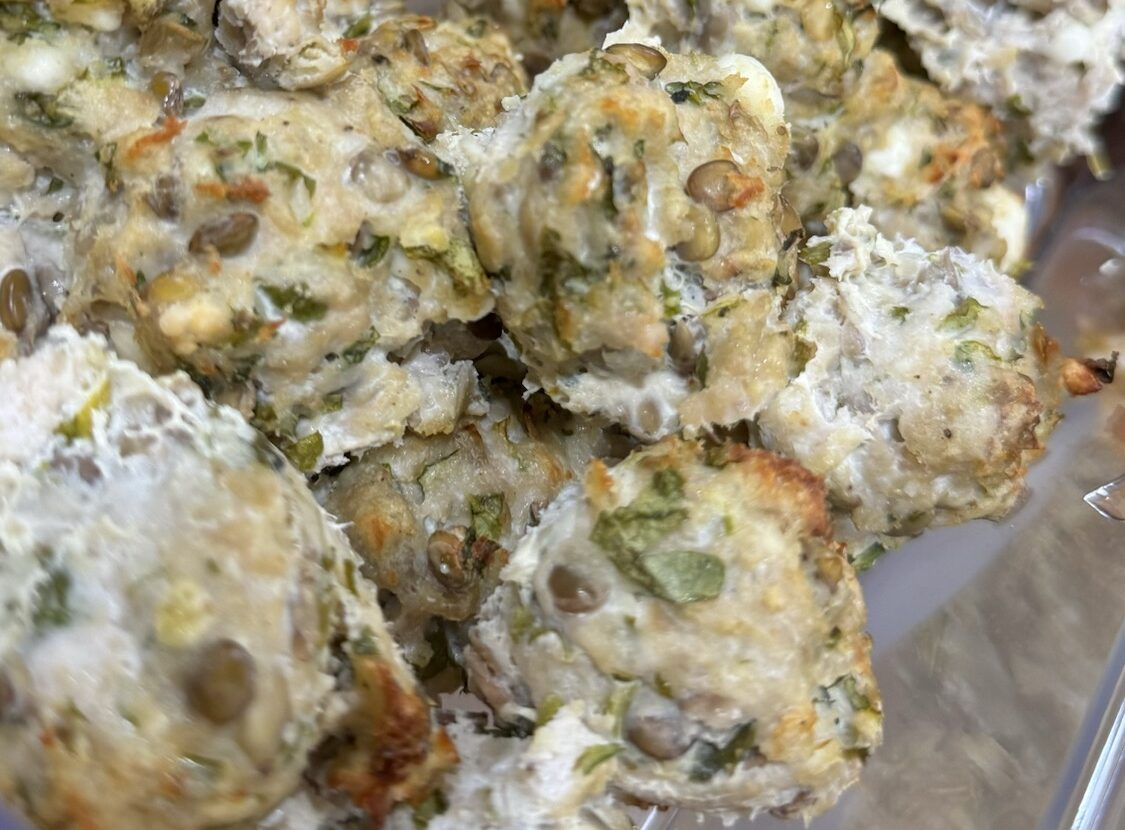
Ingredients
Method
- Combine all ingredients in a large bowl.
- Use a small cookie scoop to portion out meatballs. I usually slightly overfill a 1 oz scoop and get about 35 meatballs.

